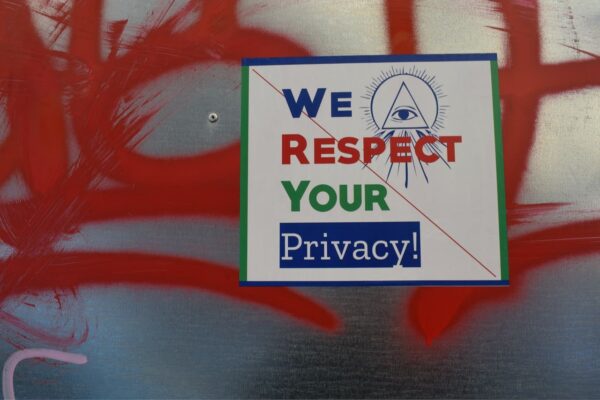✅ Last checked on
In today’s interconnected world, our home networks are the gateways to our digital lives. From personal conversations to sensitive financial information, it all travels through our home networks. Ensuring the security of your home network and online privacy is paramount.
This comprehensive guide will provide you with valuable insights, expert tips, and tricks to fortify your digital fortress and enjoy peace of mind.
Securing Your Home Network

Your home network is the foundation of your online security. Let’s delve into some key strategies to safeguard it.
Home Network and Online Privacy: Tips and Tricks
Start with the Basics. Securing your home network begins with changing default passwords and usernames on your router and devices. Create strong, unique passwords and update them regularly. This basic step significantly reduces the risk of unauthorized access.
Encrypt Your Wi-Fi Network
Enable WPA3 encryption on your Wi-Fi network. This advanced encryption standard keeps your wireless communications safe from prying eyes. It’s your first line of defense against hackers.
Regular Firmware Updates
Keep your router’s firmware up to date. Manufacturers release updates to patch vulnerabilities. Set up automatic updates if available, so you’re always protected.
Segment Your Network
Divide your network into segments for added security. Create a guest network for visitors to prevent them from accessing your main devices.
VPN for Added Security
Consider using a Virtual Private Network (VPN) for an extra layer of security. A VPN encrypts your internet traffic, making it nearly impossible for anyone to intercept your data.
Online Privacy Essentials

Protecting your online privacy goes hand in hand with securing your home network. Let’s explore some essential tips and tricks.
Strong and Unique Passwords
Use a password manager to generate and store complex, unique passwords for each online account. Avoid using the same password across multiple sites.
Two-Factor Authentication (2FA)
Enable 2FA wherever possible. This requires you to provide an additional piece of information, such as a text message or authentication app code, in addition to your password.
Be Wary of Phishing
Learn to recognize phishing attempts. Avoid clicking on suspicious links or downloading attachments from unknown sources.
Limit Sharing on Social Media
Review your social media privacy settings and limit the amount of personal information you share. Cybercriminals often use this information for identity theft.
Regularly Review App Permissions
Review the permissions granted to mobile apps. Disable unnecessary access to your personal data.
Frequently Asked Questions (FAQs)
What is the most secure encryption for my Wi-Fi network?
WPA3 is currently the most secure encryption for your Wi-Fi network. It offers robust protection against unauthorized access.
How often should I update my router’s firmware?
Check for updates at least once a month and enable automatic updates if possible. Timely updates are crucial to address security vulnerabilities.
Is a paid VPN better than a free one?
Paid VPN services typically offer stronger encryption and better privacy protection compared to free VPNs. It’s worth investing in a reputable paid VPN for maximum security.
Can I use the same password for multiple accounts?
No, it’s strongly discouraged. Using the same password for multiple accounts increases the risk of a security breach. Always use unique passwords.
What should I do if I suspect a phishing email?
If you receive a suspicious email, do not click on any links or download attachments. Delete the email and report it to your email provider.
How can I check which permissions an app has on my smartphone?
For Android, go to Settings > Apps > [App Name] > Permissions. For iOS, go to Settings > Privacy > [App Name]. Review and adjust permissions as needed.
Conclusion
Your home network and online privacy deserve the utmost protection. By implementing the tips and tricks outlined in this article, you’ll significantly reduce the risks associated with the digital world. Stay vigilant, stay secure, and enjoy a worry-free online experience.